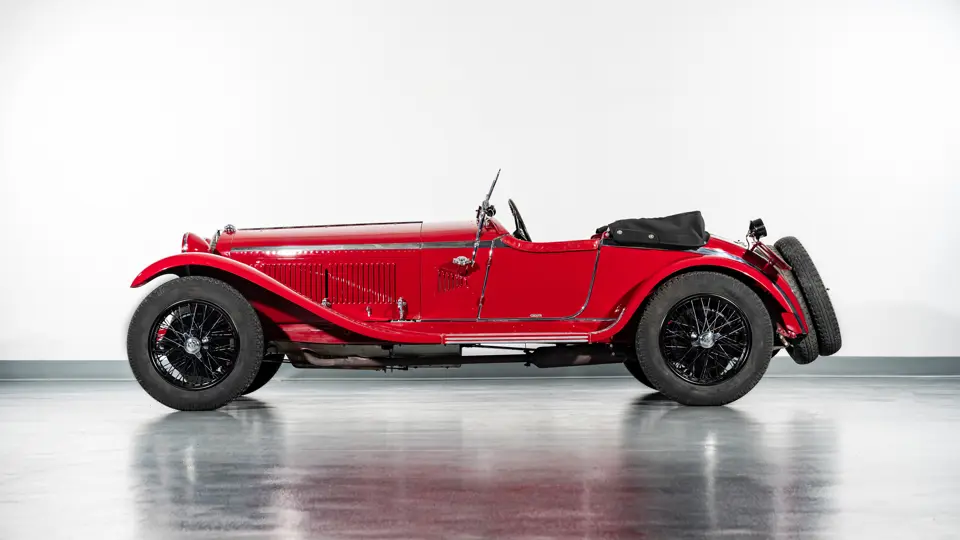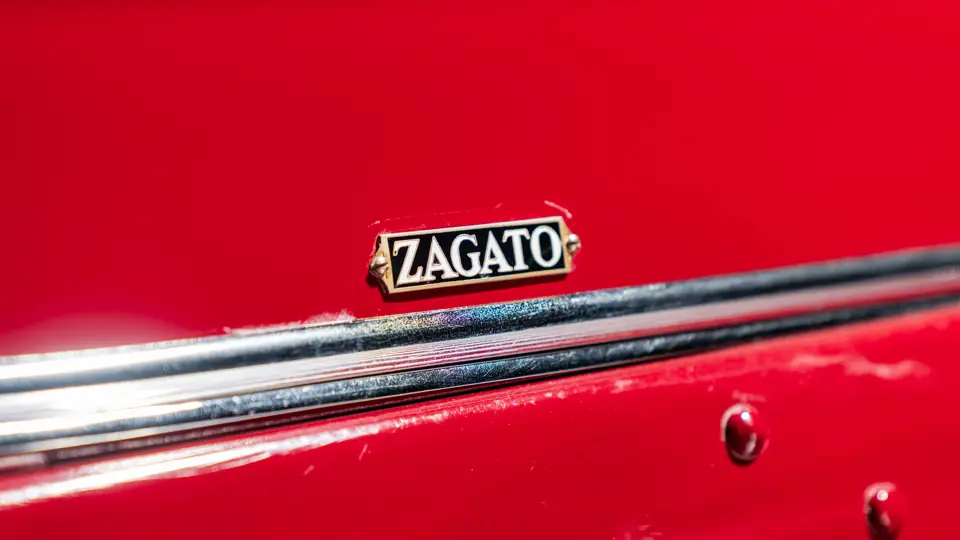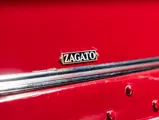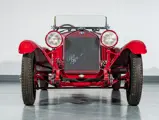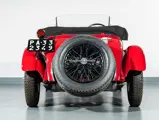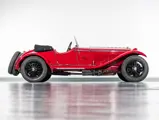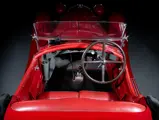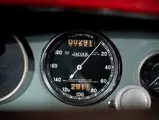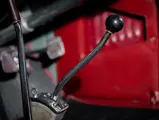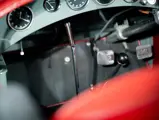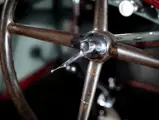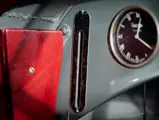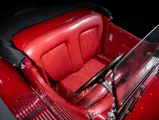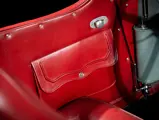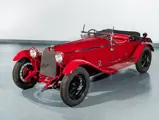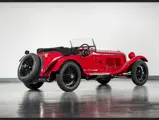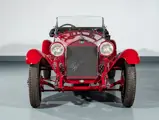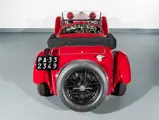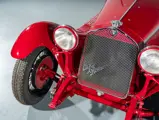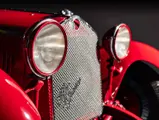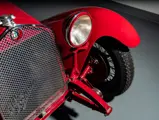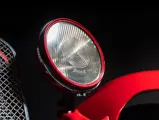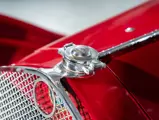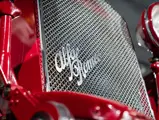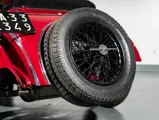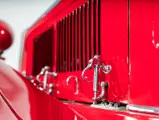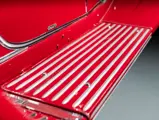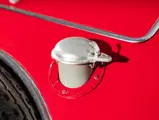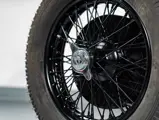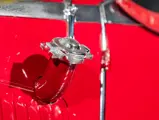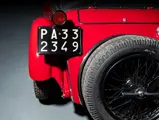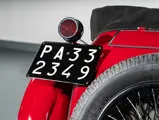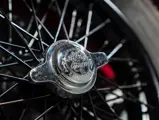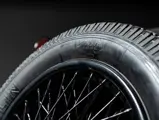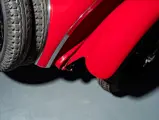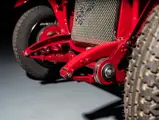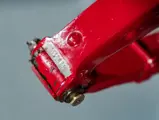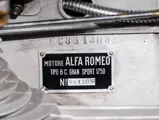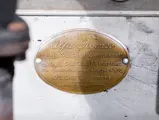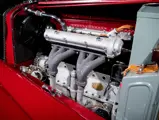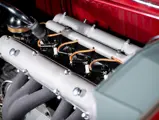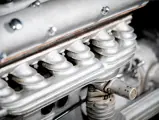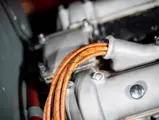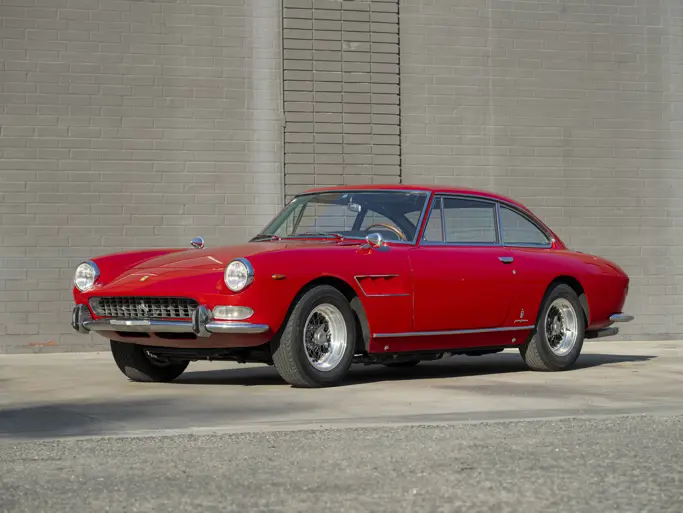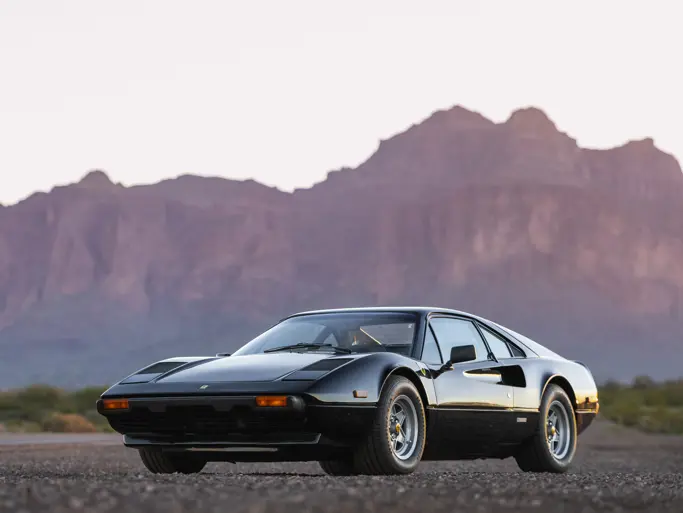
1930 Alfa Romeo 6C 1750 Gran Sport Spider in the style of Zagato
{{lr.item.text}}
$390,000 USD | Sold
Offered from the Oscar Davis Collection
{{bidding.lot.reserveStatusFormatted}}
- A thrilling Alfa Romeo featuring timeless Zagato Spider styling
- Powered by a supercharged 1.75-liter twin-cam 6C engine and four-speed gearbox
- Rides on a correct 108-inch wheelbase, with documented period-correct components throughout
- Acquired by Oscar Davis in 2009 from the late Myron Schuster
- Exhaustively evaluated and maintained by D.L. George Historic Motorcars
In 1926, Alfa Romeo’s Chief Engineer, Vittorio Jano, set to work on a touring car that was centered around the brand-new overhead-cam, 1.5-liter, inline six-cylinder engine. The 6C 1500 officially entered production in 1927, and the Sport version, which became available a year later, featured a twin overhead cam that raised output by 10 to a brisk 54 horsepower. In 1929, the 6C 1500 Super Sport was introduced, and it featured two-seat spider coachwork and an optional Roots supercharger, which increased maximum power to 76.
For the 1929 model year, Alfa Romeo bumped up engine displacement to 1,750 cubic centimeters, and the resulting 6C 1750 was produced in four more series of gradual improvements over the following six years. The model quickly proved to be one of Alfa’s most popular, and expensive, creations. Nearly 2,600 left the Portobello factory through 1933, each one tabbed at a price hovering around 50,000 lire—an incredible cost considering that most orders left the factory as bare chassis.
Most examples of the 6C 1750 series were equipped as the single-cam “Turismo” version. A minority were classified as a “Sport” version, which were built on a 114-inch chassis and equipped with the twin-cam engine. Of the Sport examples, most were clothed with Alfa saloon coachwork and were soon more appropriately renamed “Gran Turismo.” A further, compelling addition to the catalogue was the the topless, Zagato-bodied Super Sport, which rode on an even-shorter 108-inch wheelbase and was available with finned alloy superchargers and intake manifolds to further boost power delivery. These high-performance spiders are some of the rarest and most desirable pre-war models available to discerning Alfisti.
In 1930, the Super Sport name was updated to Gran Sport. Additional modifications featured an ingenious sloping grille that not only gave the car a more rakish appearance, but also functionally increased the surface area of the radiator for improved cooling. The 6C 1750 series was, quite simply, the fastest road-racing car available at the time—winning nearly every race it entered.
THE OSCAR DAVIS 6C 1750
This 6C 1750 was acquired by Oscar Davis in September 2009 from the late Myron Schuster of Baldwin Park, New York. Little is known of the car’s history; according to research compiled by marque expert John de Boer, the 1930 Alfa Romeo 6C Gran Sport bearing the chassis number 8513032 was originally fitted with a Touring-built body that closely resembled the more frequently seen spider coachwork by Zagato. This car disappeared from the public eye circa August 1950, however, and its eventual fate is uncertain. Some years later, this 6C 1750 surfaced in the possession of an Italian enthusiast. It is believed that he assembled the car from Alfa Romeo components from within his collection; any relationship to the earlier car bearing chassis number 8513032 is, at the present, unclear.
Davis, endeavoring to learn more about the composition of this car, commissioned D.L. George Historic Motorcars of Cochranville, Pennsylvania to complete a full metallurgical analysis and component sequencing report. As D.L. George was already the Davis’ choice for maintenance concerns on this Alfa Romeo, they were the ideal firm to shed light on exactly the sort of components which had been assembled to create this 6C 1750 Gran Sport.
According to their report, the car is powered by the correct-type supercharged twin-cam Gran Sport engine that shows the crankcase stamping “6C 8513032;” an original-type Memini carburetor is fitted to the supercharger. It is presently believed that the car’s correct 108-inch wheelbase chassis has been restamped to match this crankcase. D.L. George notes that the car’s four-speed gearbox, rear differential, and steering box are likely sourced from a Series IV 6C 1750 Gran Turismo. The full analysis of the car’s composition by D.L. George is available on file.
The very epitome of an early-1930s race car, the Oscar Davis Collection’s 6C 1750 is a fitting tribute not only to those who designed, constructed, and drove these magnificent cars originally, but also to the remarkable enthusiasm and sheer tenacity of its late owner. Impeccably presented and painstakingly restored, it offers a splendid driving experience and fascinating insight into the 6C’s illustrious competition-driven history.


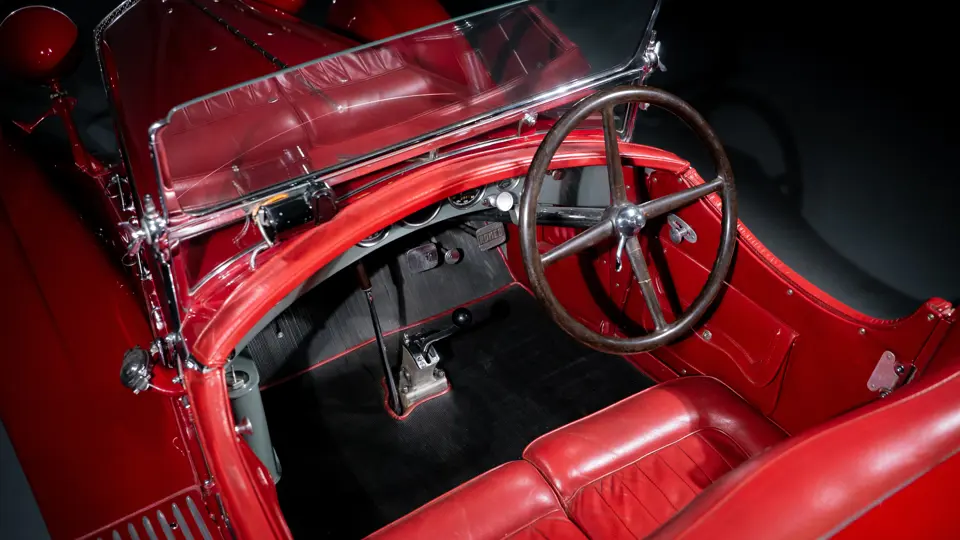

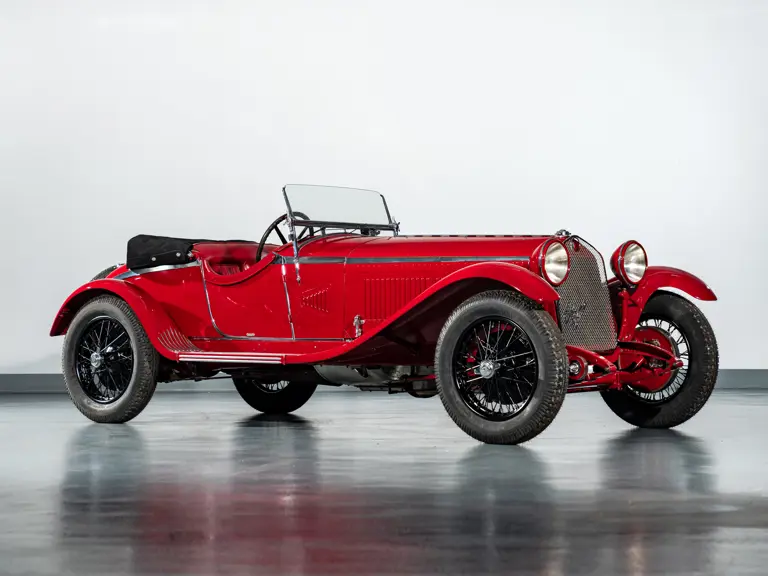
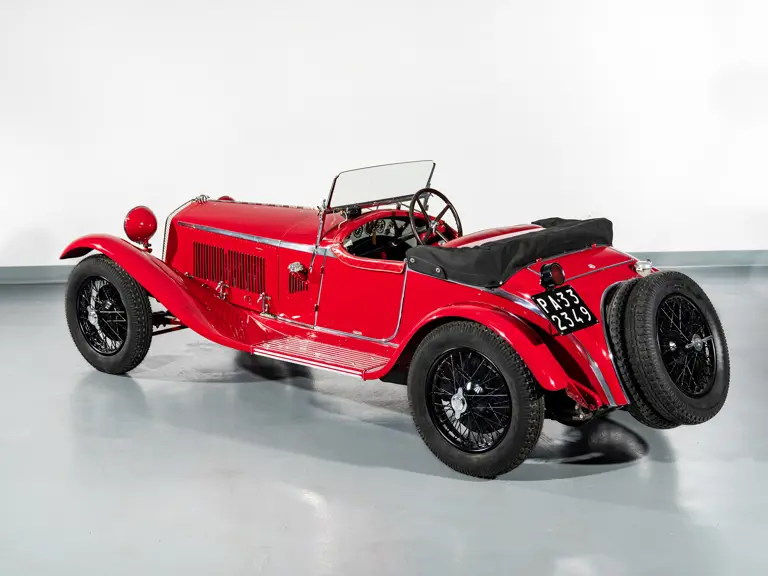


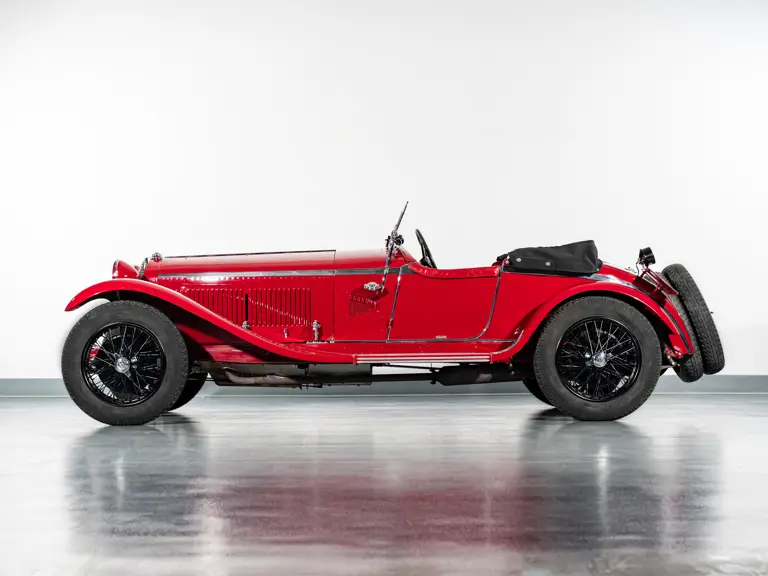




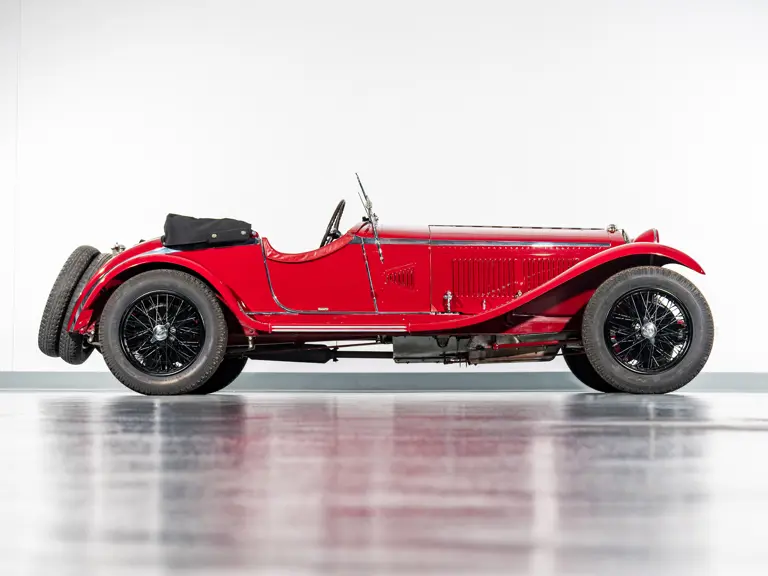

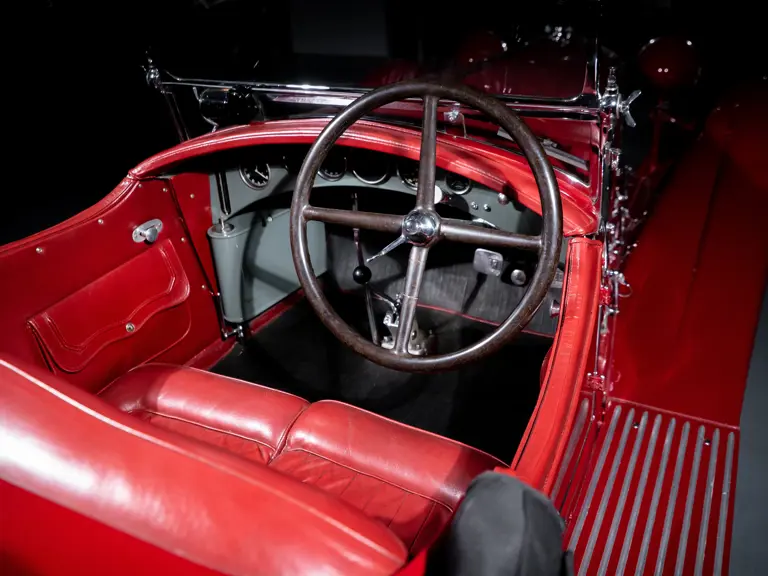
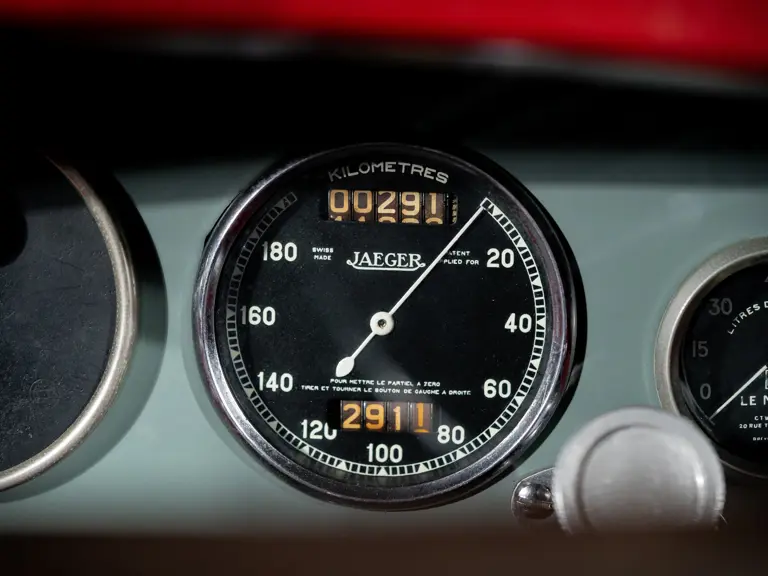

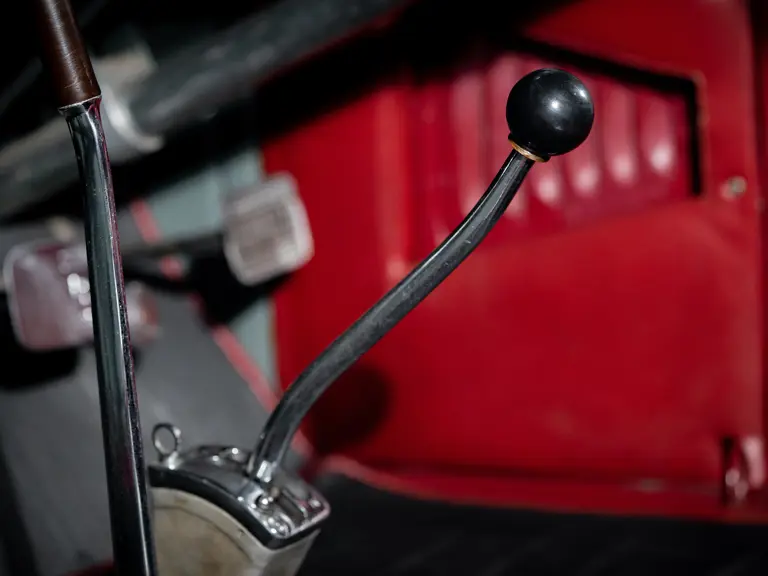
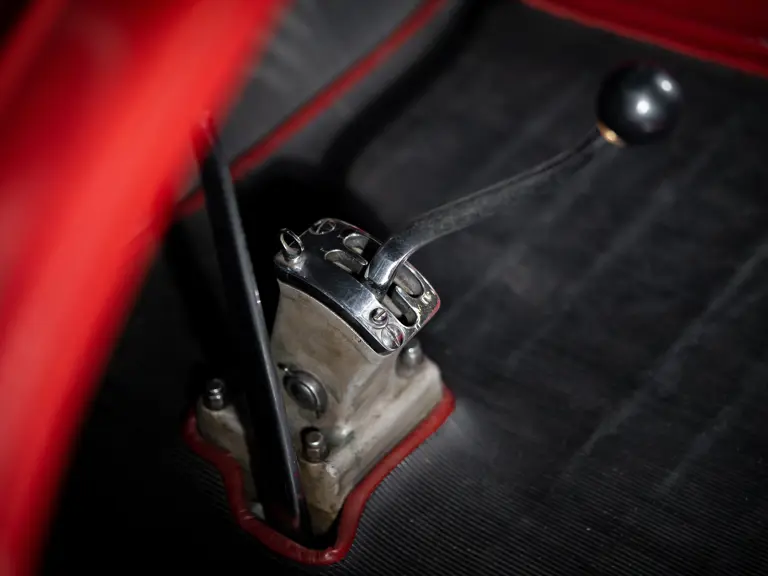
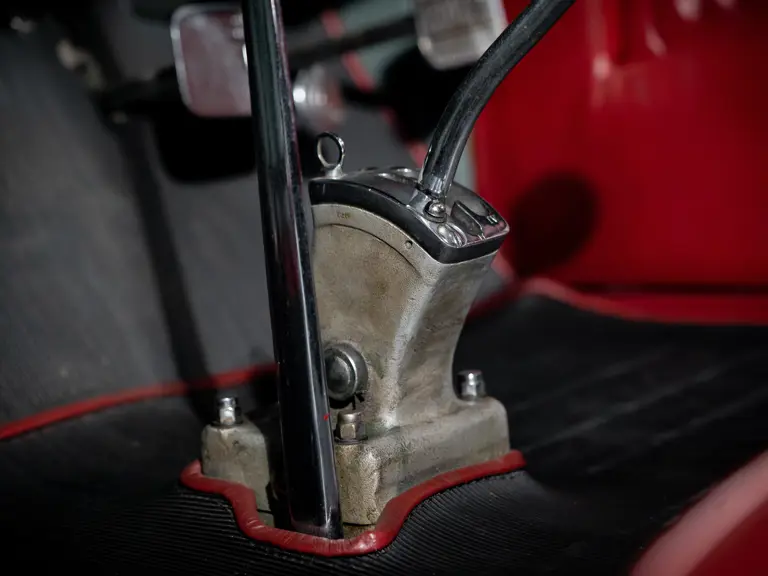

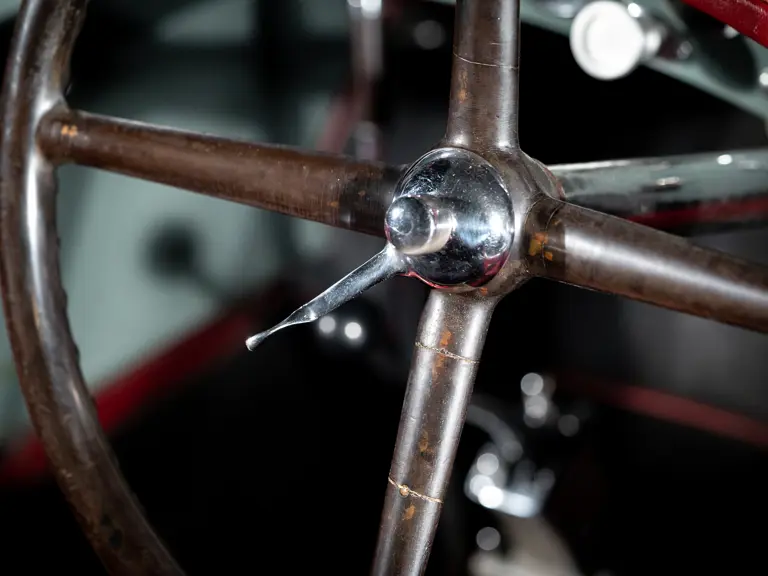

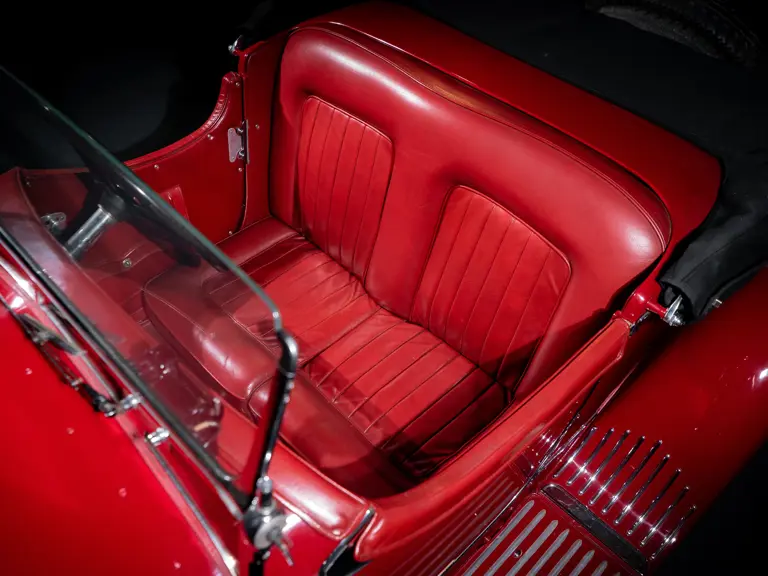
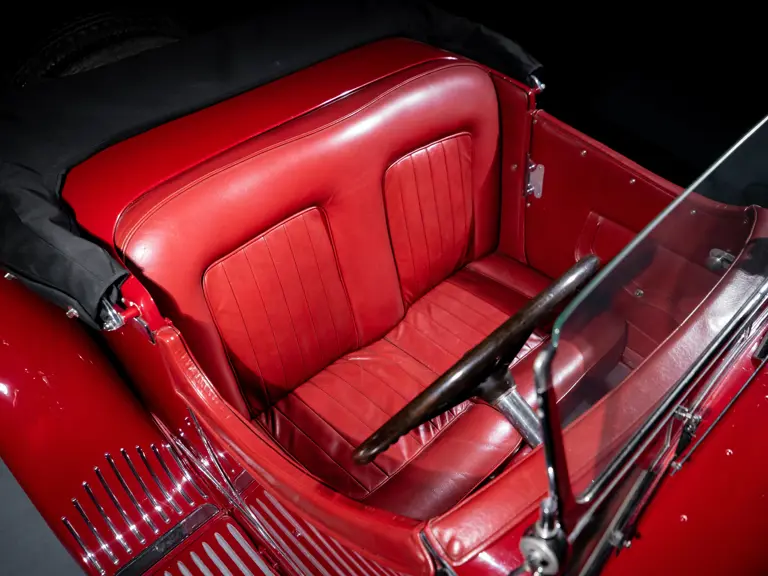

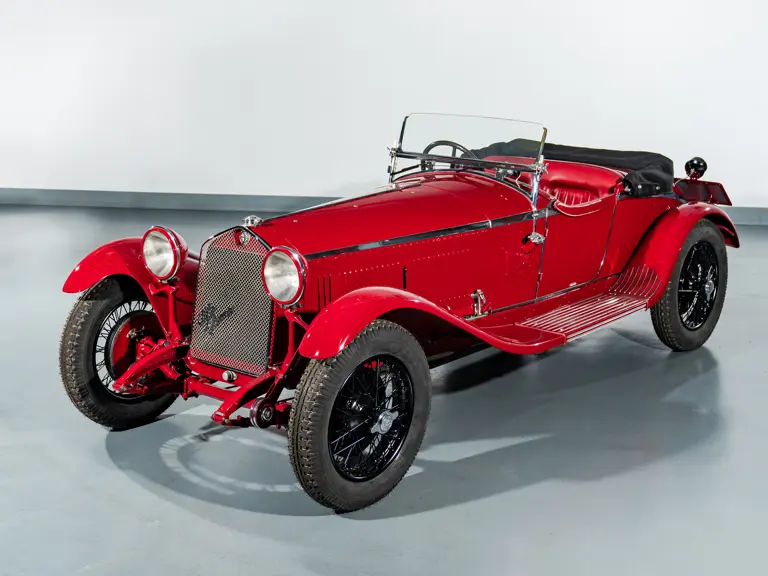
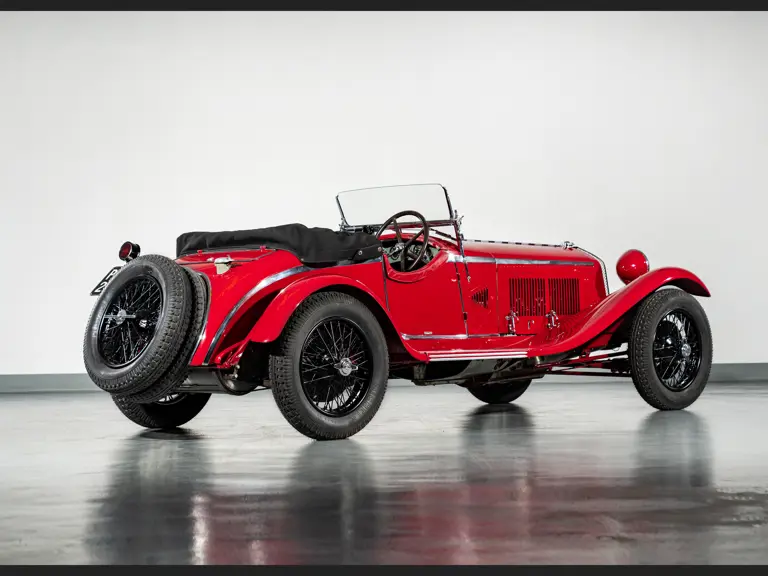
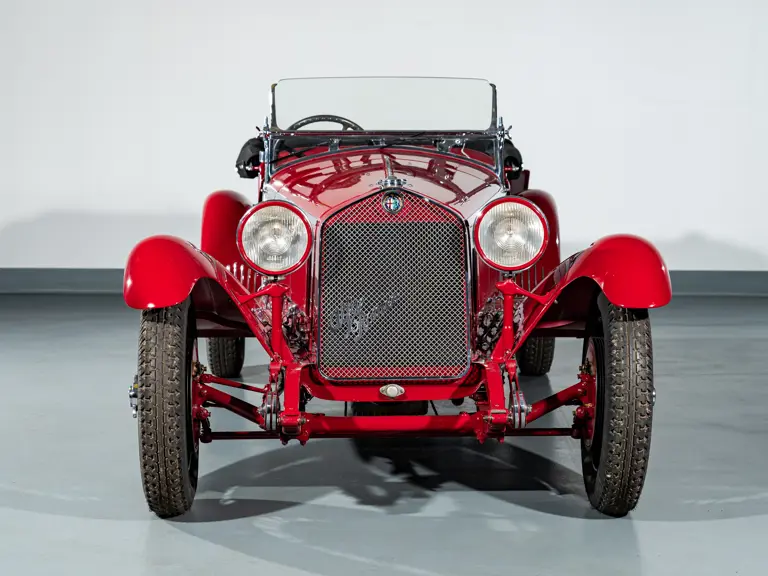
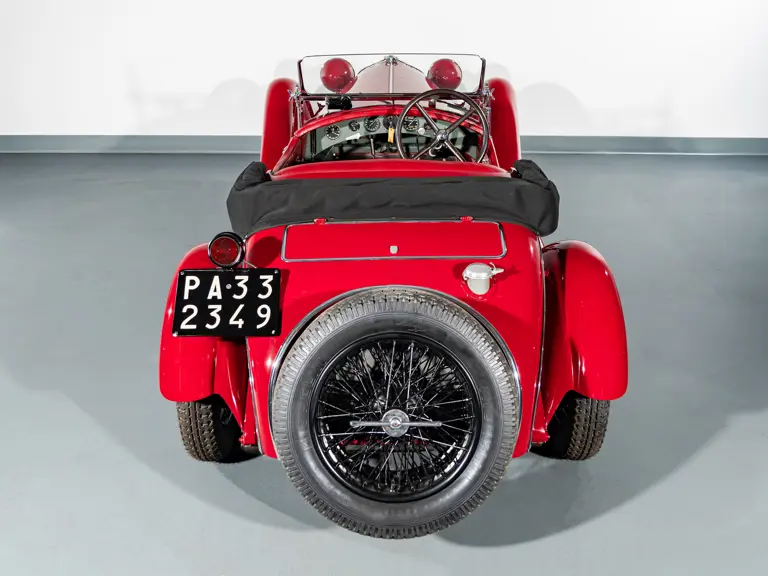
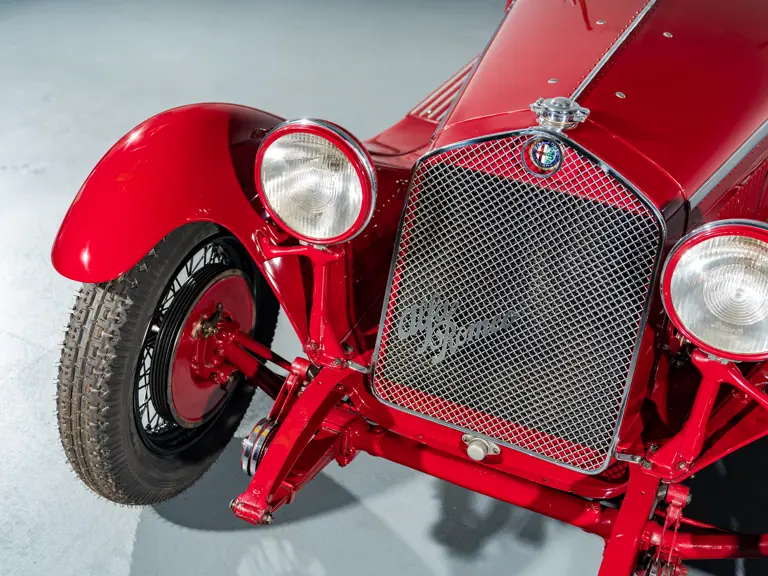
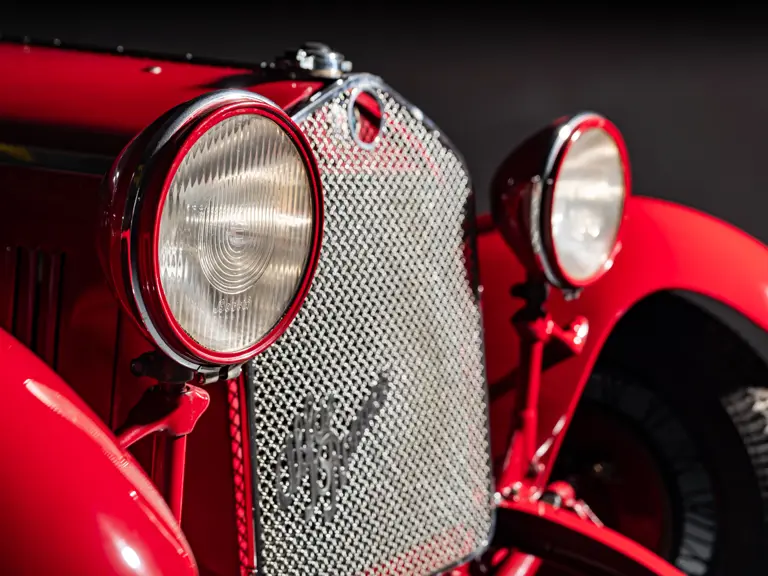
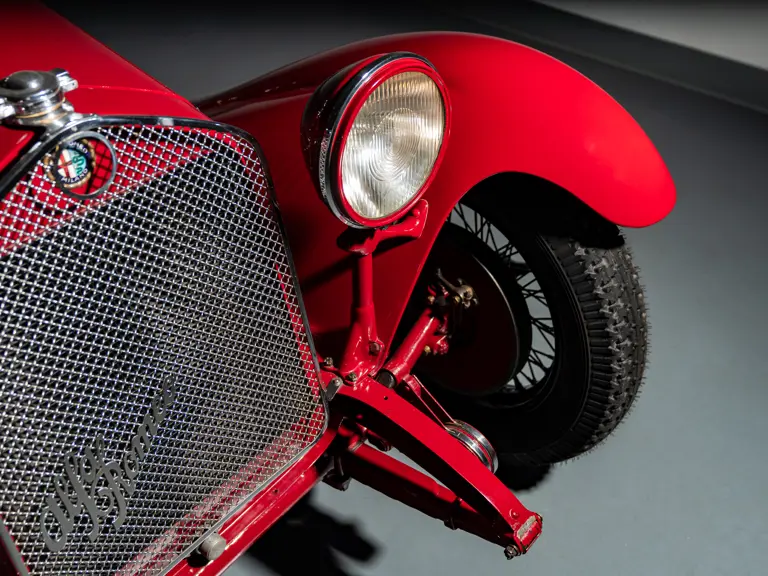
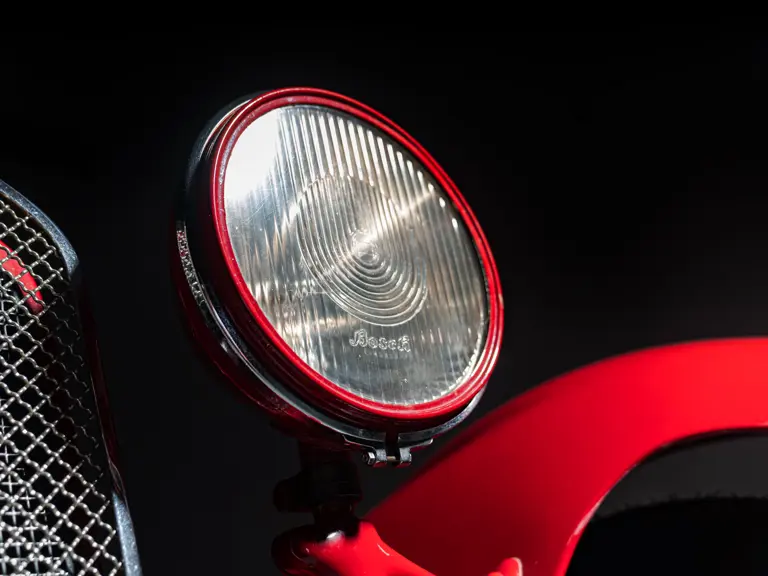
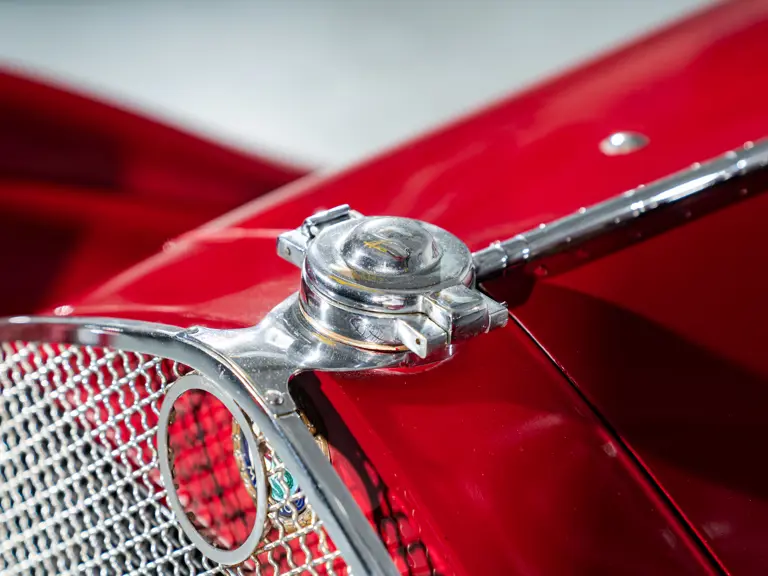
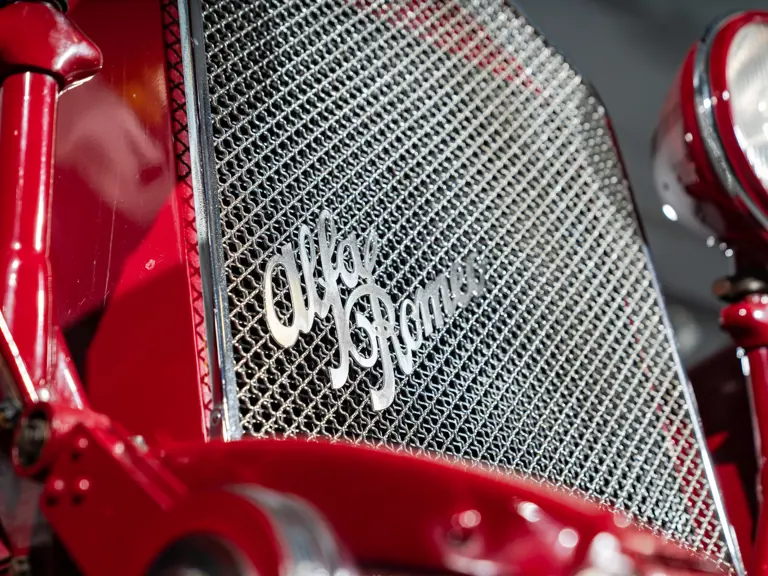
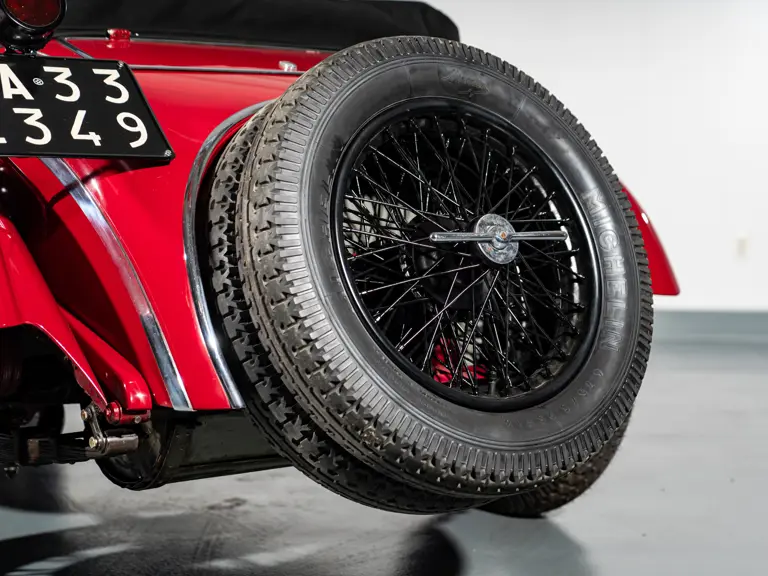
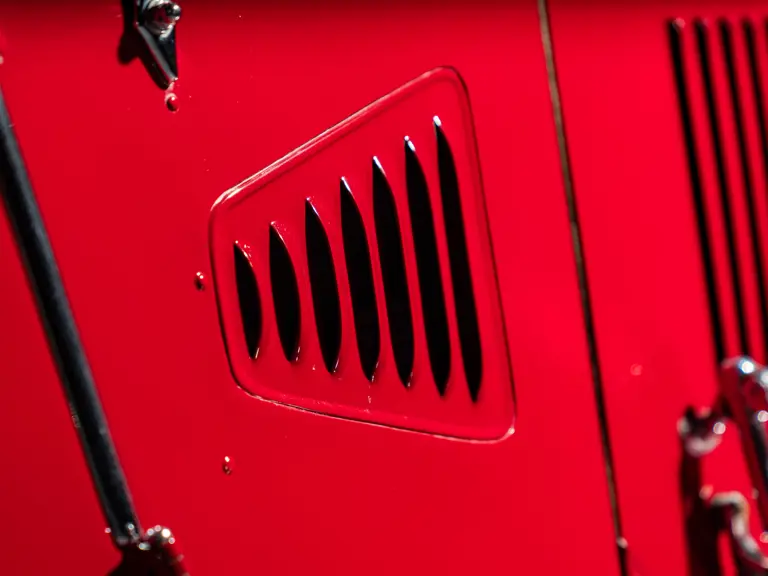
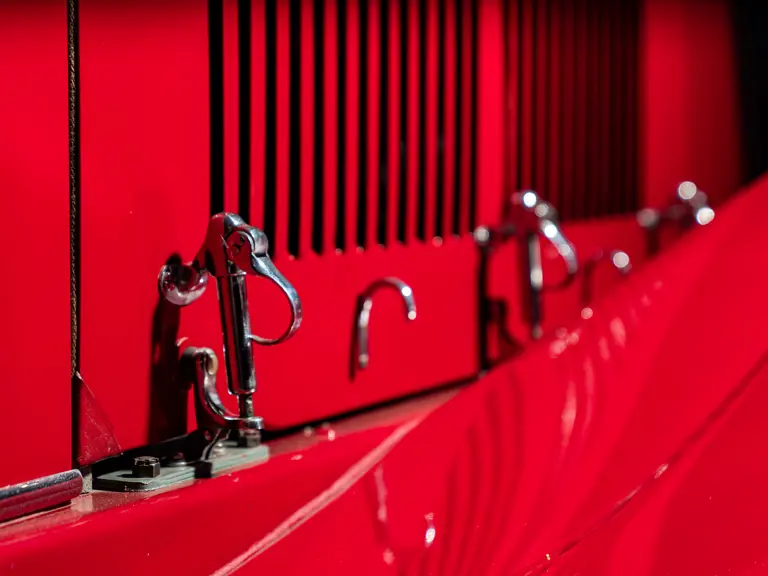
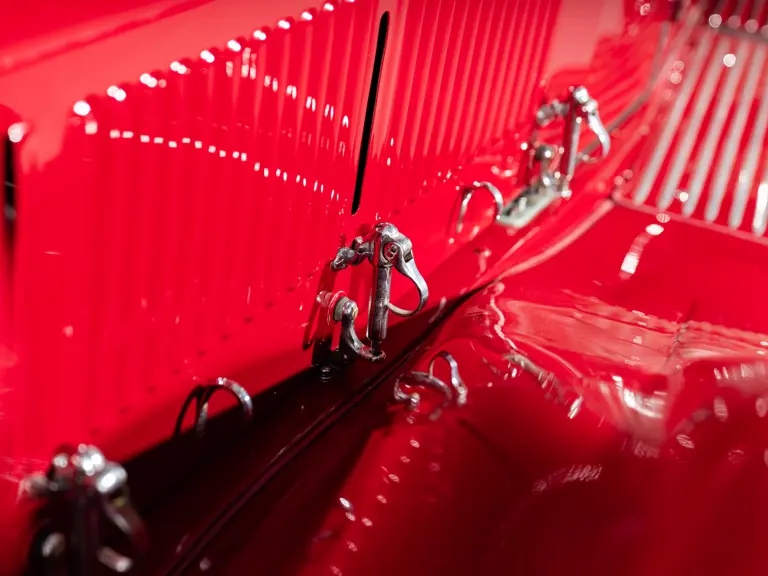
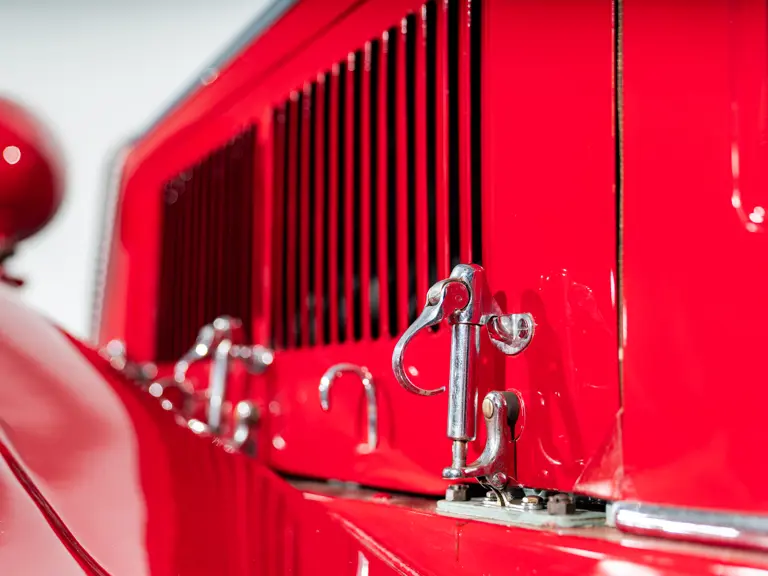
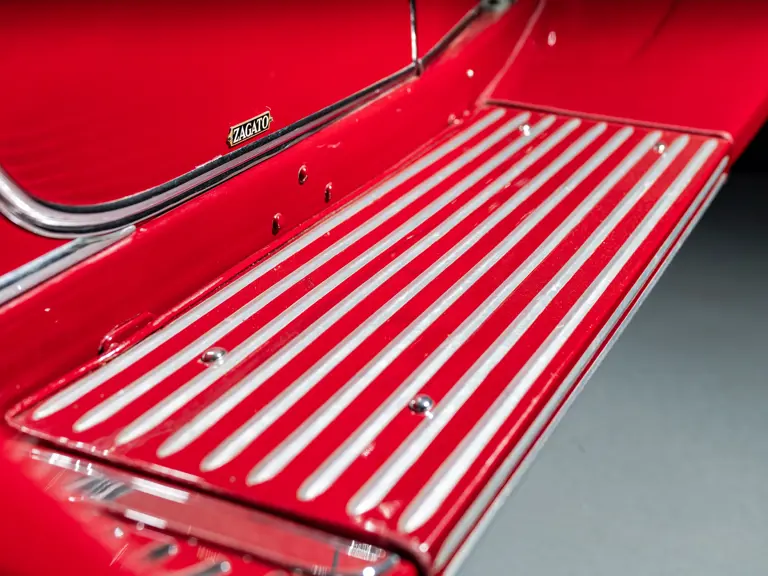
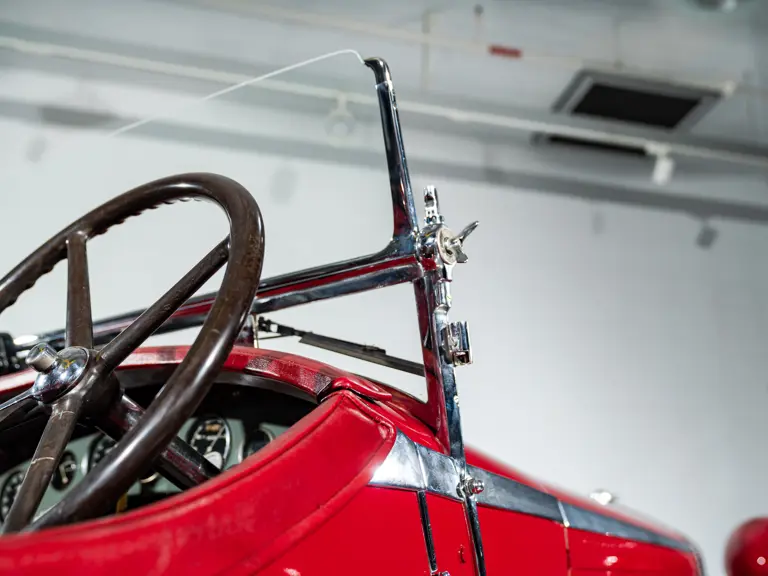
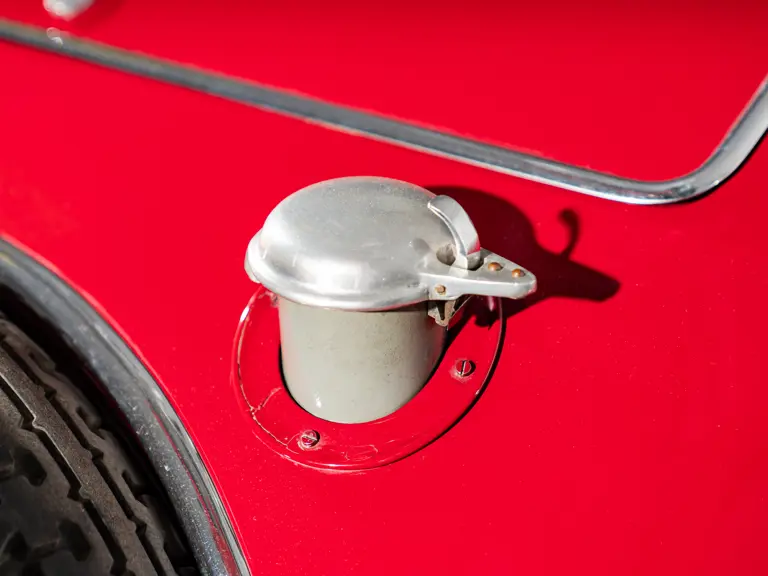
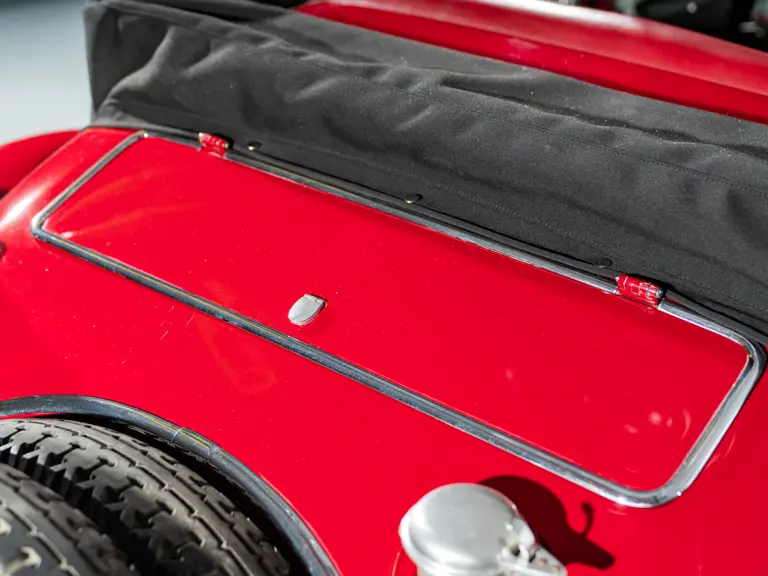

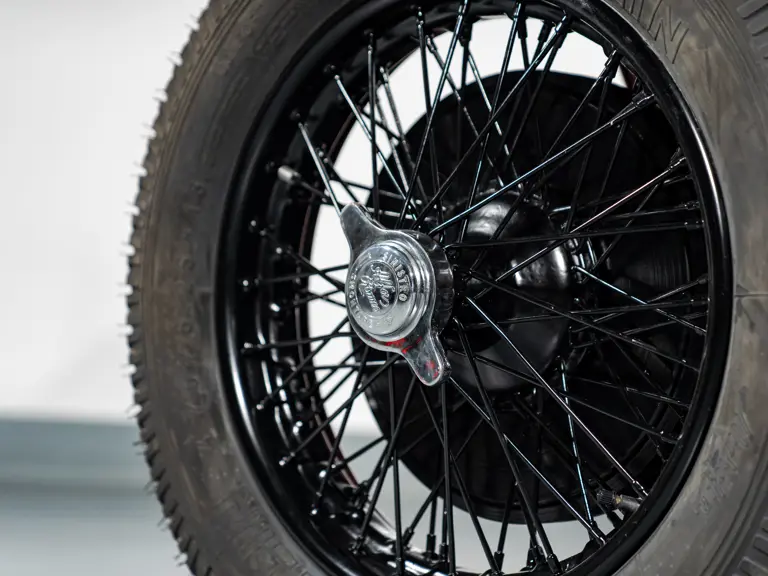
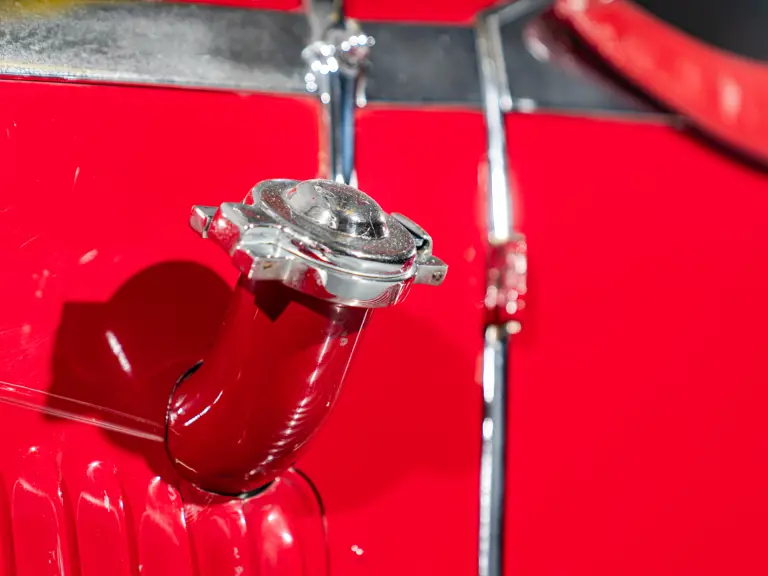
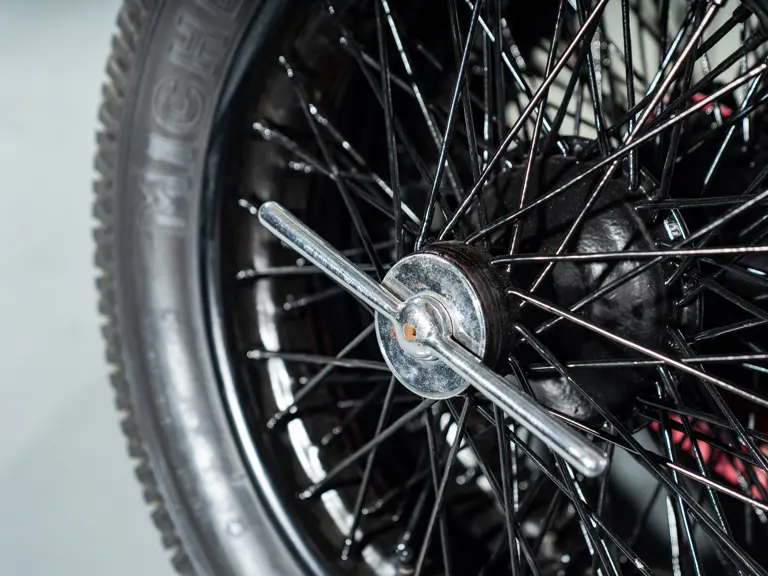

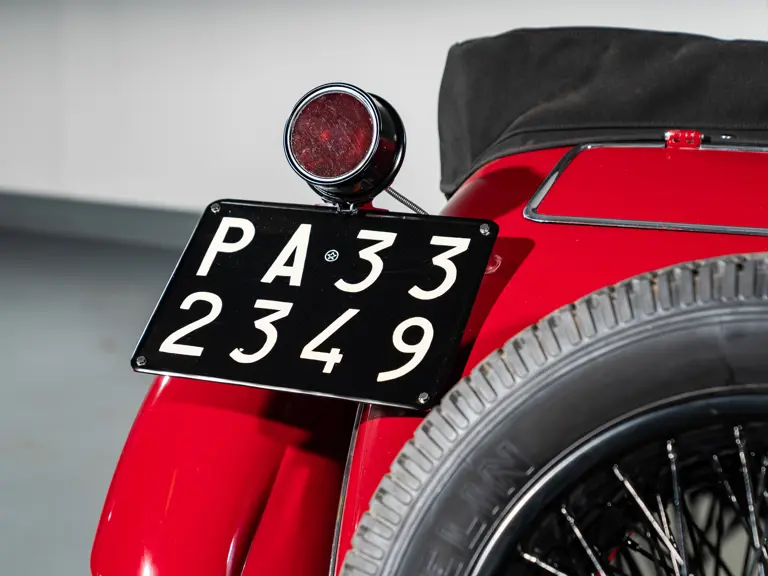
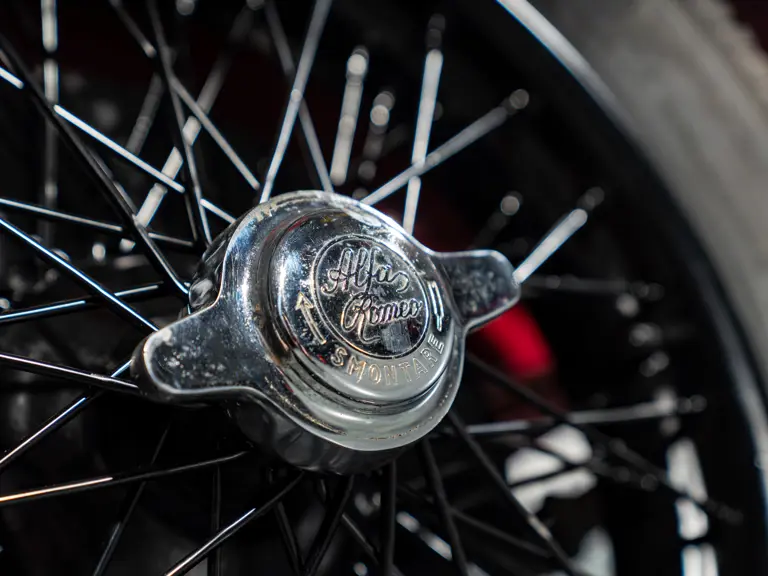

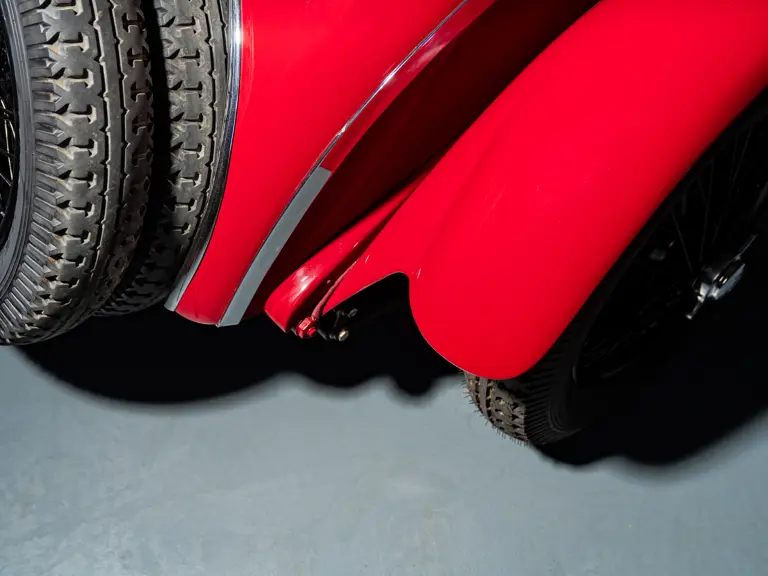
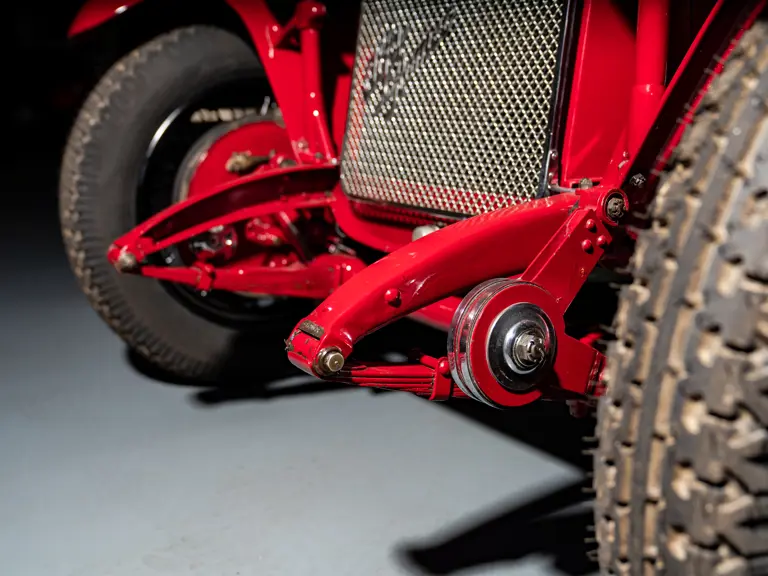
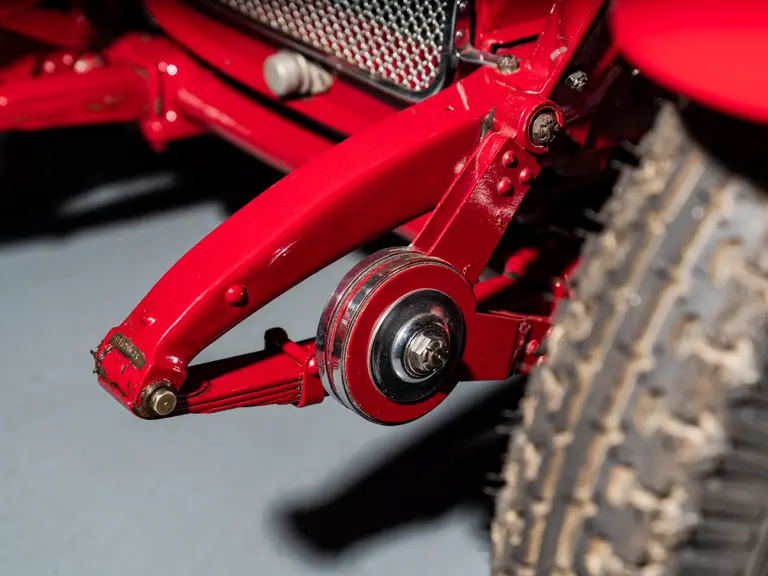


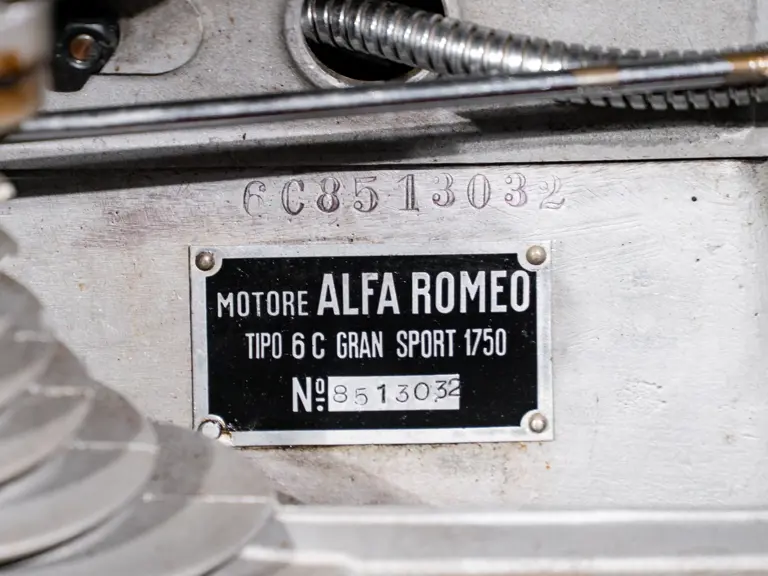
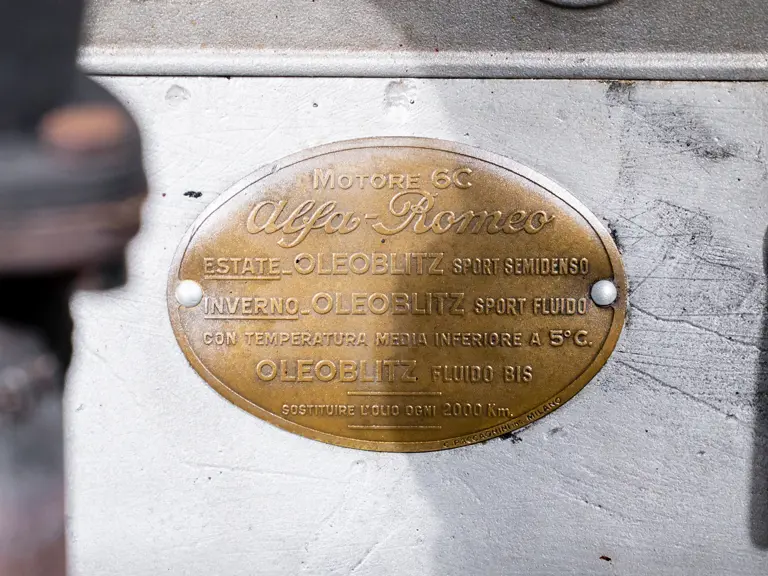
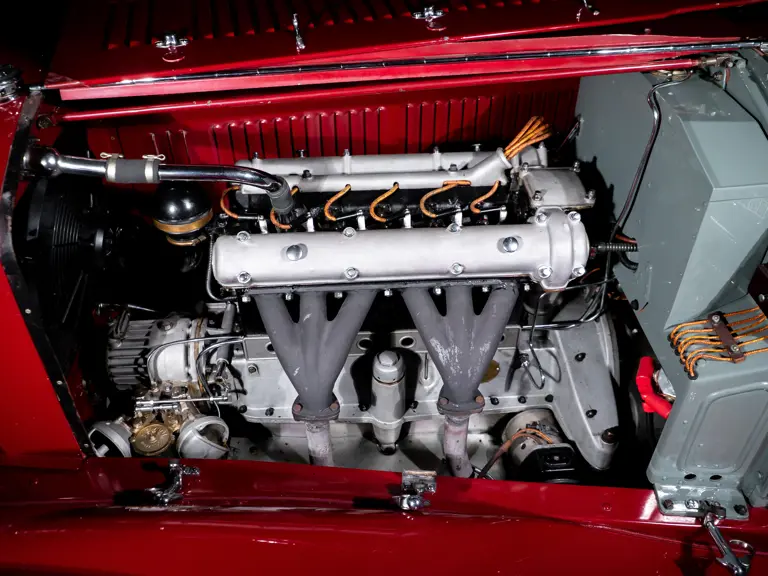
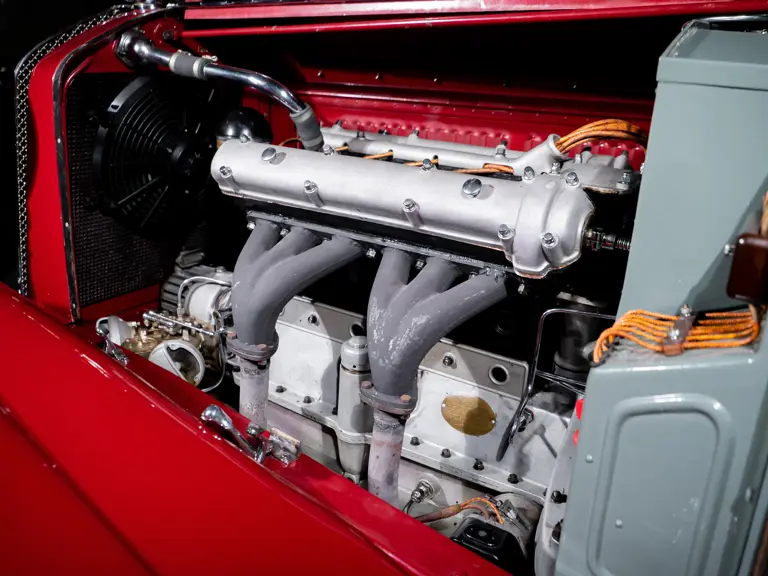
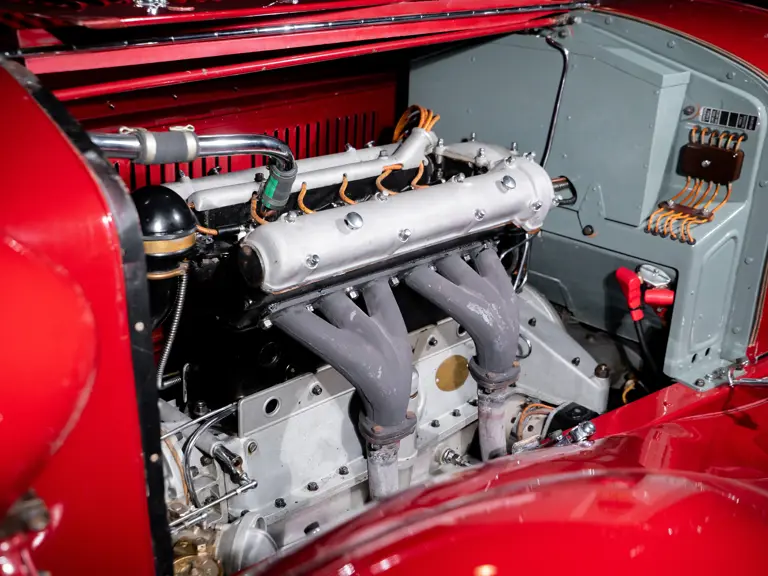
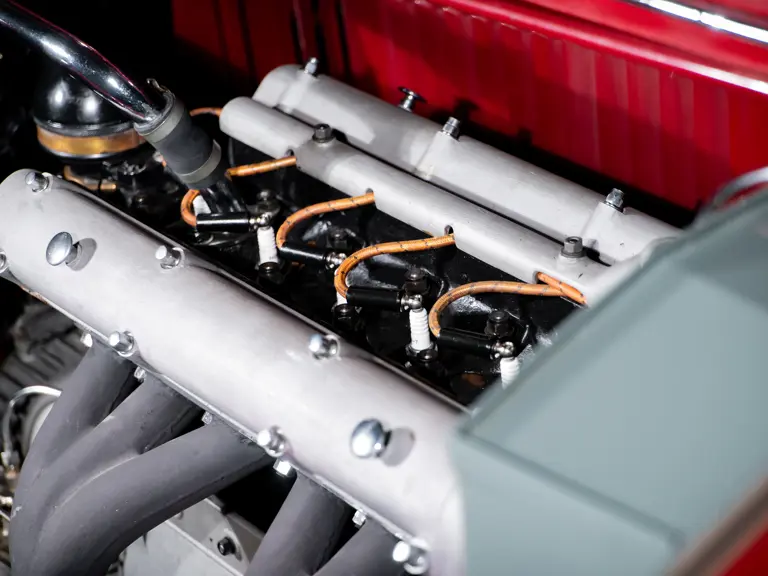
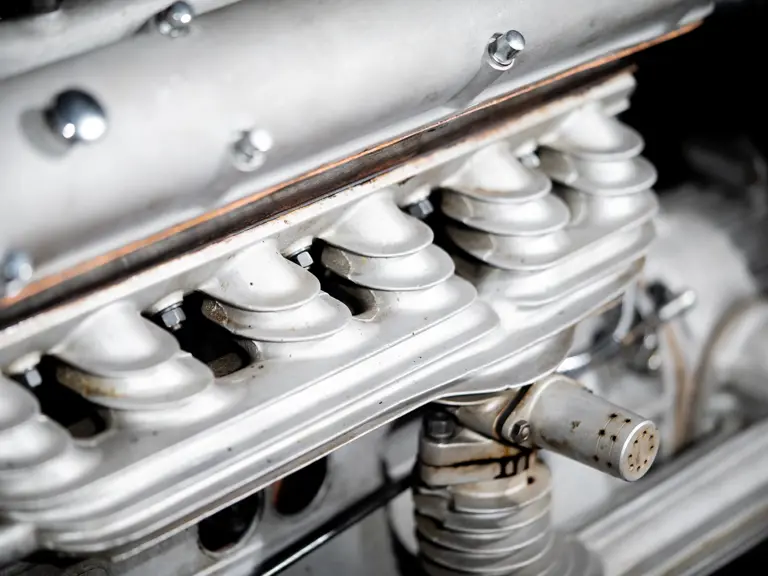
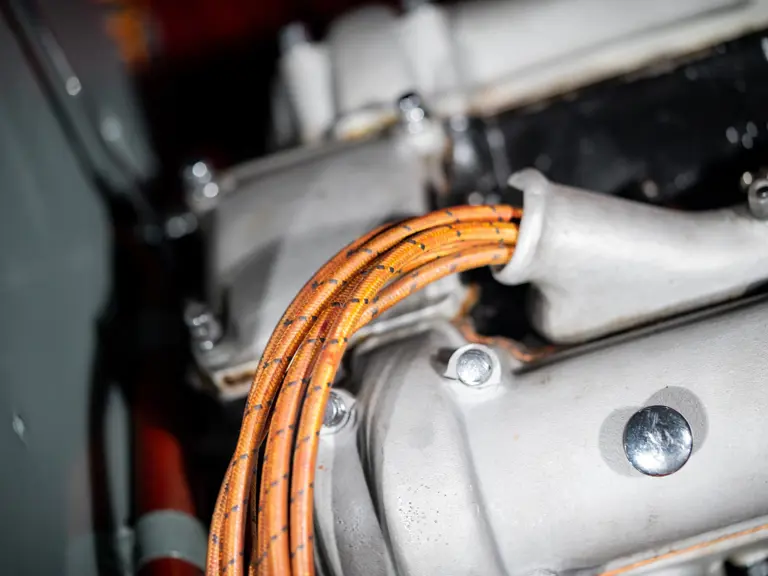
 | Monterey, California
| Monterey, California
